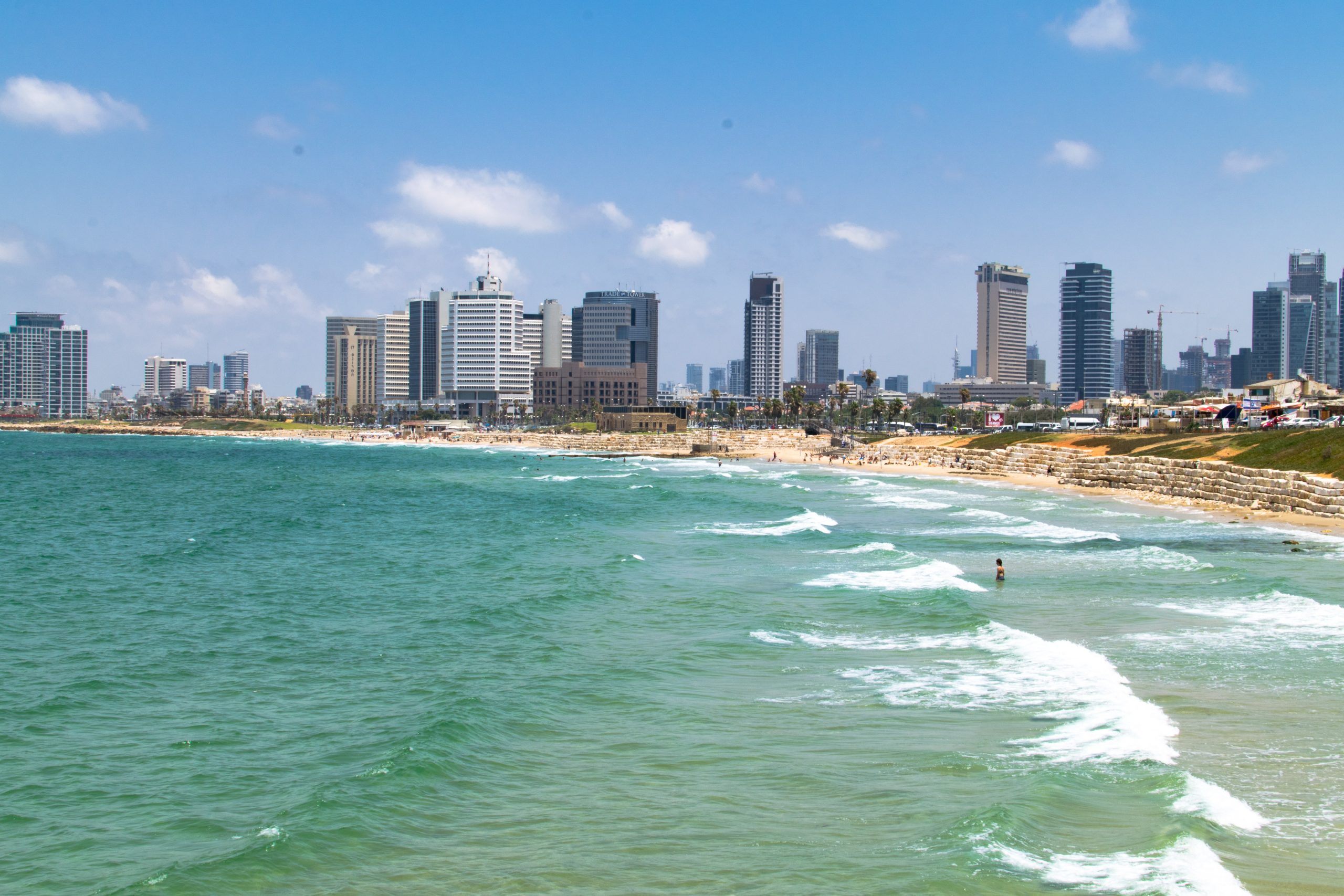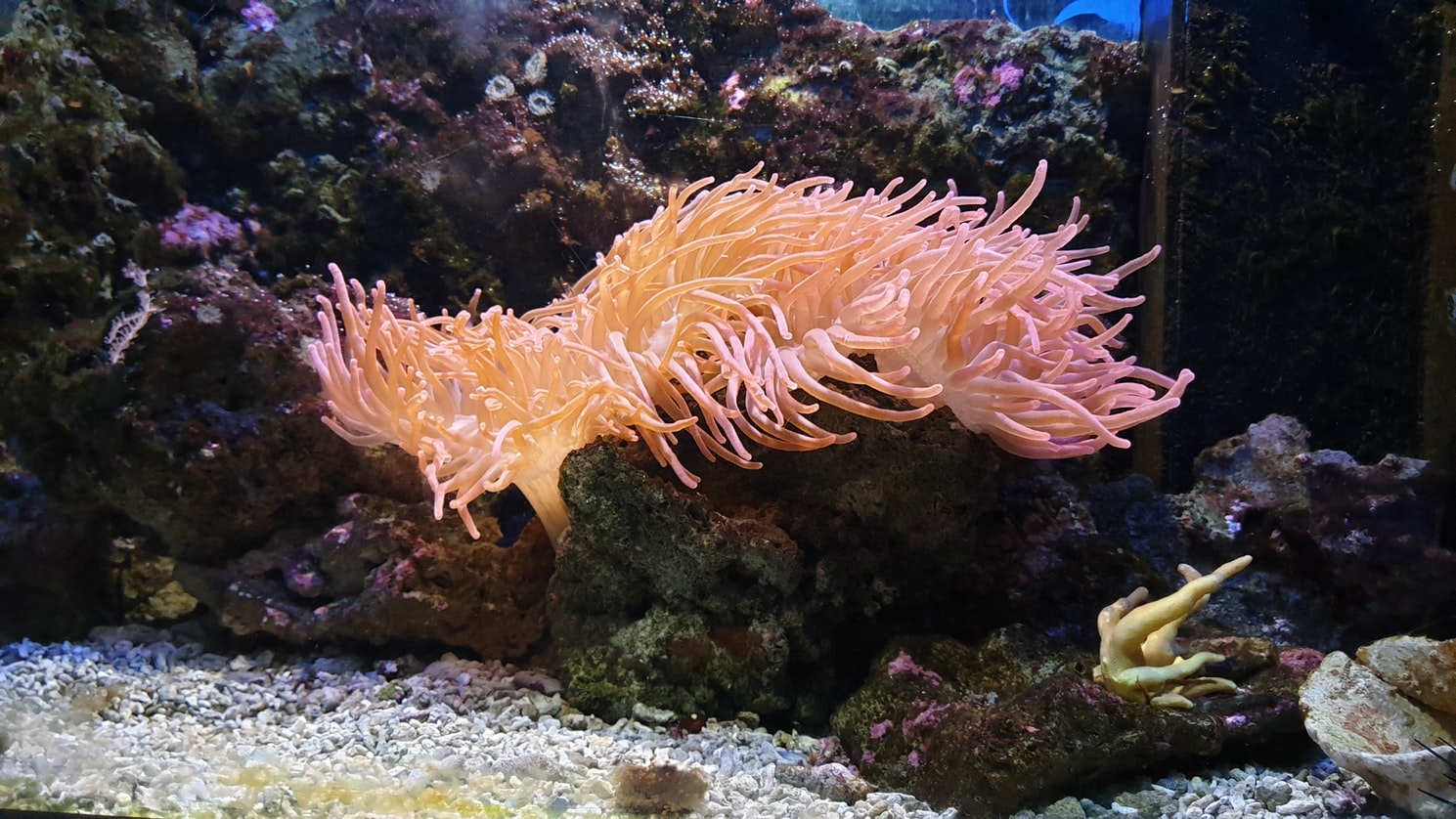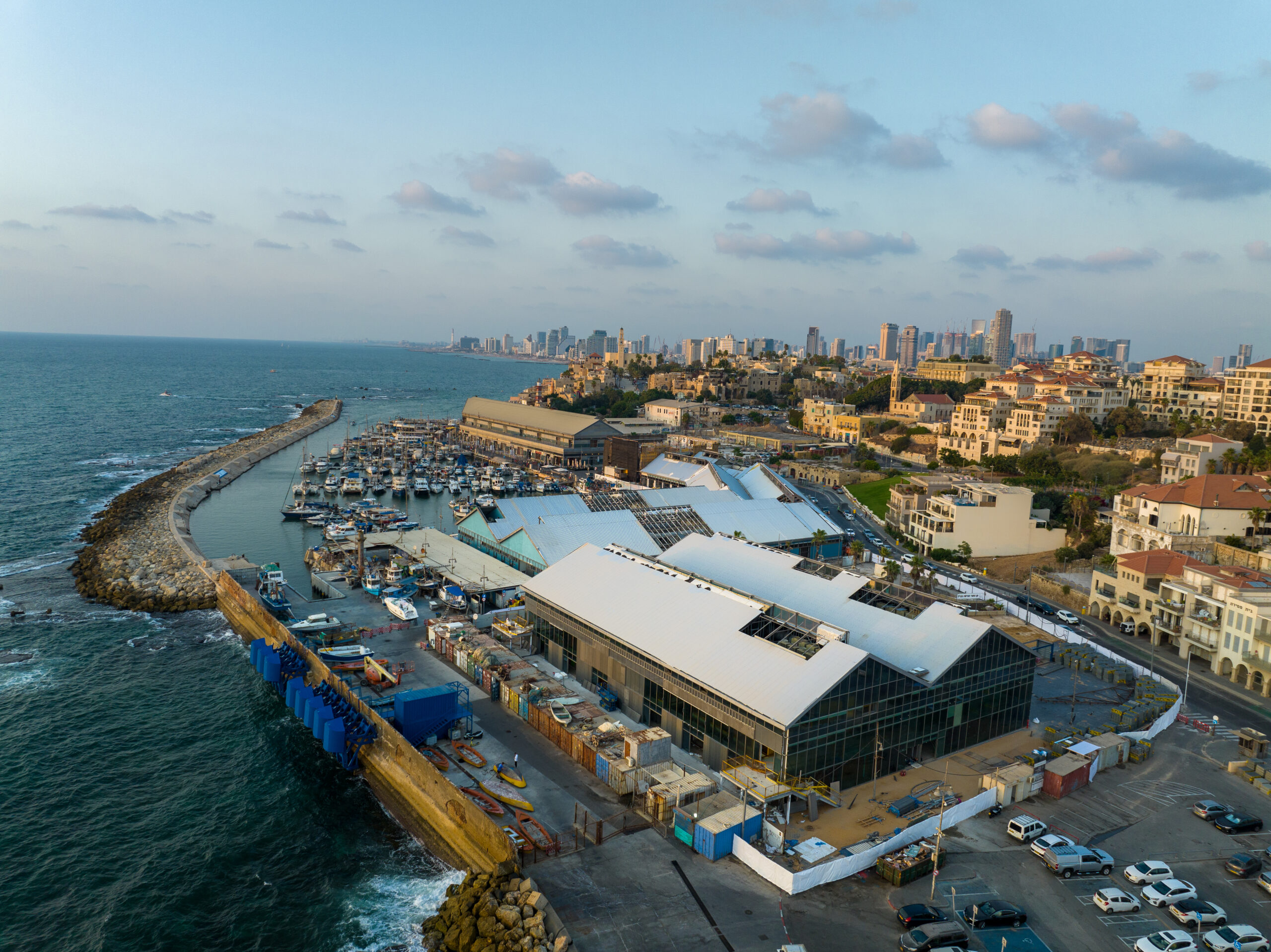Connecting the City to the Blue Vista – Sustainable Development on the Tel-Aviv Yafo Coastline

Our coastline is home to millions of visitors from the world of fishing, yachtsmen, water sport enthusiasts, business leaders, bathers and many others. The value that guides us at Atarim, which specializes in development of the Tel-Aviv Jaffa coastline is improvement of the quality of life for all for those on the coastline and in the depths of the sea, that live and flourish, have fun and work – as long as we managed to maintain the delicate balance between development and progress, and protecting natural and public resources – the beach and the ocean – we have succeeded in our task. This delicate balance is our modus operandi – sustainable development. What does this mean? How does this occur? Why is it good? Below are several projects we have spearheaded in recent years:
Renewal of the Tel Aviv Jaffa Promenade
One of the most visible and successful projects of Atarim – in collaboration with the architectural firm of MayslitsKassif Architects is the renovation of the Tel-Aviv Jaffa promenade -14 km of continuous promenade and bike path from Herzliya in the north to Bat-Yam in the south. The renovation of the main promenade – Lahat – was completed in 2018. We upgraded the promenade and coastal buildings, emphasizing the connection of the city to the seal. If visitors to the promenade once could walk down to the breach only at certain points, making access to the ocean difficult and beaches from the city street – today, visitors at any point on the promenade can descend to the beach through stairs, bleachers and flat passageways for the disabled. Beyond opening the city to the ocean, the bleacher created a new purpose on the coastline – another place to sit, to meet, to stay and to enjoy the blue vista of the city without having to descend to the beach itself. The promenade today is vibrant and serves millions of visitors, offering a wide range of activities: sport, observation and photography, playground, shaded areas for rest and work using free WIFI along the coast.
Sustainable landscaping and ecological corridor
Along the coast are large and small areas where we planted various species of local flora. The benefits of landscaping with local flora is its durability in field conditions: sand, proximity to the ocean, salt, wind and other unique conditions, while saving in irrigation.
In the coastal park at Reading, for example, which occupies 50 dunam, sixty different seeds of plants were collected that are typical of the site and conditions. These were planted in coastal soil that was collected and preserved during the work at the site and reseeded upon completion of the preparation of the land. These were added to seeds of plants that grew at the site while the land served as a junkyard for the power plant.
The plants that are currently developing and becoming rooted at the site are a seed bank for use at various locations with similar environmental conditions, thereby facilitating an increase in the local flora bank, some of which are in danger of extinction. The majority of plants in the park are not watered and are sustained solely by rainwater. We applied similar principles in Independence Garden, on the cliffs of the southern cliff, on Givat Aliya beach and even in the small flowerboxes along the central coastline. The type of flora and the way it is dispersed along the shore – serves as a habitat for animals for whom this is their natural environment, allowing for the creation of an ecological corridor and a passageway for individuals and species along the coastline.
Prohibition on use of single-use utensils on the beaches
In the summer of 2020, the Municipal Council passed a municipal bylaw prohibiting the use of single-use utensils on the beach. To help beach restaurants optimally implement the law, we at Ataraim, are working to create an economic business plan that is based on the practices being implemented worldwide to stem the use of single-use utensils on beaches including and particularly restaurants and beach kiosks.
Blue Flag at the Tel-Aviv Marina
The Tel-Aviv Marina, located at the center of the coastline, was the first to comply with the Blue Flag standard in Israel and in Tel-Aviv Jaffa. The Tel-Aviv Marina and all 13 declared beaches in the city bear the Blue Flag standard. The Blue Flag is the international environmental quality standard that is conferred to marinas and beaches that have proven compliance with the range of stringent conditions: from education to infrastructure and waste management. The flag is awarded once a year, with the marinas and beaches being retested every year.
The Green Marina at the Tel-Aviv Port
In the heart of the Tel-Aviv port lies the Old Port Marina. We are currently planning to operate it as the first green marina in Israel that would be used for water sports. The marina would become a home for kayakers, surfers, oarsmen and small boats, and would provide safe space for learning as well as convenient exit to the sea.
Innovation and renewable energy at the Jaffa Port
In 2020, we began renovating the Jaffa port, a stunning 4000 year-old site, and the oldest active port in the world. The port is gateway to the Middle East, and had been visited by such historical figures as Napoleon and Mark Twain. The Jaffa Port is a unique intersection that connects the past and the present, city and sea, nature and development.
Today, we are aiming to bring this ancient wonder to the 21st century, and to transform the most ancient port in the world into the most innovative one.
We planned this renovation project to be energetically balanced. First through passive bio-climatic planning to reduce energy consumption through innovative materials and measures. The aim of the next stage is to harness the natural resources of the urban coastline to generate renewable energy: solar, wave power, wind, and other methods that are based on local ventures.
The open spaces in the port have been turned into a beta site for urban marine innovation ventures. In the innovation space you can find projects from the world of renewable energy and the blue economy. The ventures operate in their natural environment, testing the systems, collecting data and updating their ideas to establish the technologies that will shape the urban coastal strip in the future. All innovation space projects are accessible to visitors to the port through dedicated tours to raise public awareness of the matter.


